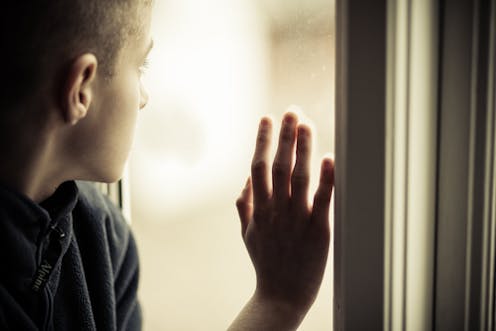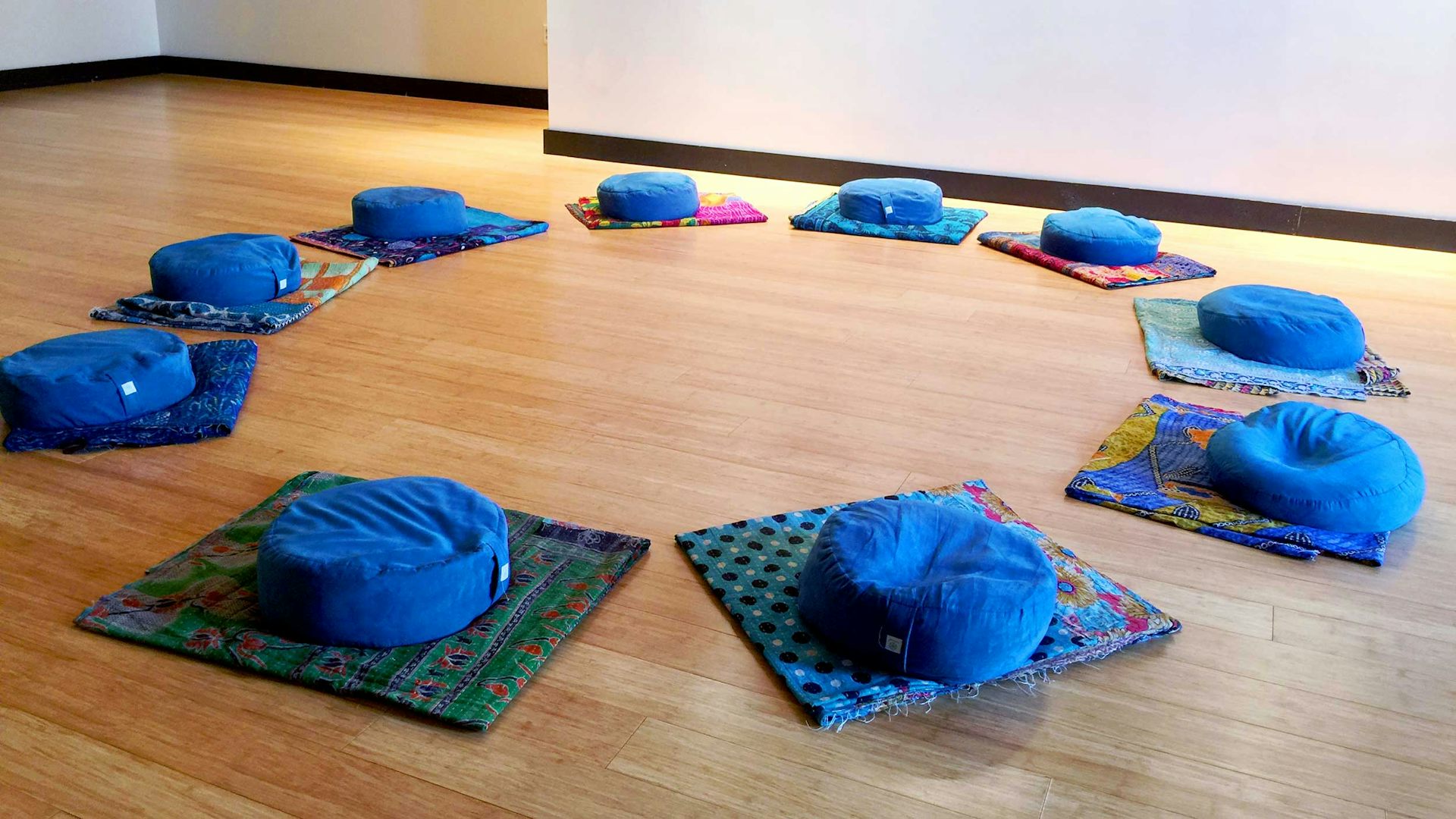How childhood experiences contribute to the education-health link
Adverse childhood events can not only cause lasting psychological effects but also learning problems. That, in turn, worsens health outcomes, as literacy is an integral part of health care.

The interconnection between education and health is well established.
Take, for example, smoking. Smoking continues to be the leading cause of preventable disease and death in the U.S. The highest percent of smoking is seen among persons with less than a high school or General Educational Development (GED) high school equivalency diploma, and the lowest is among persons with a bachelor’s degree or higher.
Trends in efforts to quit smoking also vary by educational level. Adults with a GED certificate, adults with no high school diploma, and adults with a high school diploma historically have had the lowest rates of quitting smoking compared to adults overall.
But these data document the relationship when it is too late: Adults don’t drop out of school, children do.
The field of public health recognizes education is a social determinant of health and an indicator of well-being. National efforts are currently focused on promoting language and literacy, increasing high school completion and increasing college enrollment. It is critical to ensure that children have positive learning experiences while they are still young so that they can achieve educational success. This is one of the best ways to ensure that they can live healthier lives as adults.
Other researchers and I have contributed to widening body of research that shows how these experiences harm over the lifespan and across generations. Abuse, neglect and related stressors contribute to mental illness, substance use, and a host of other negative social and behavioral outcomes decades later in life.
Early childhood development
A human baby’s brain is not fully developed at birth. Rapid brain development occurs in the first few years of life and then steadies into childhood and adolescence. The biodevelopmental impact of exposure to severe forms of stress and trauma is not immediately visible. But abuse, neglect, poverty and related stressful exposures can put children at risk for problems with healthy cognitive, social and emotional development, which can interfere with learning. Thus, research has shown that these adverse childhood experiences not only contribute to health outcomes, but there appears to be a link with adult educational attainment.
Knowing that education begins in childhood and acts as a social determinant of health, I decided it was time that we take a close look at how childhood adversities impact learning and education. I recently had the honor to serve as guest editor for a special journal issue in Child Abuse & Neglect focused on this very topic.
To effectively address education as a social determinant of health, I have found that learning environments must include staff who have knowledge about trauma and symptoms of trauma. Most importantly, the school ecosystems, which are comprised of the schools’ staff, must be prepared and able to provide children, and each other, safe, supportive and trusting environments. Thus, creating effective solutions will require a multigenerational approach – those that not only focus on the children affected, but also on adults.
Education for all
Child labor increased when the U.S. Industrial Revolution started in the late 1700s and early 1800s. During this time, children worked in unfit conditions sometimes for up to 70 hours per week. After many attempts to change child labor laws between the late 1800s and early 1900s, Congress passed the Fair Labor Standards Act of 1938. The purpose was to ensure the health and safety of children and to promote well-being through educational pursuits.

Despite the fact that every child is entitled to a public education in the U.S., educational inequalities exist across school systems. In addition, some children enter school ready to learn, while others, who experience abuse, neglect and other forms of related toxic stress, may have difficulties learning.
Truancy is too often viewed and treated as a form of misconduct without identifying the underlying reason for the behavior. The field of education needs to realize that a large percent of children are exposed to adversities, and that learning and behavioral problems are often times a symptom.
What is the research telling us?
Research on adverse childhood experiences is being applied in multiple contexts, including school systems. In short, the fields of public health and education are learning a great deal more about how childhood adversities can negatively impact educational success, a social determinant of health.
Given all we know about the impact of toxic stress on the developing brain of children, more attention is needed on children’s education and learning in the context of adverse life experiences. To address education as a social determinant of health, ensuring children’s successful and positive educational experience while they are still young requires increased awareness of the widespread but hidden problem of childhood adversities and their impact on learning.
Childhood traumatic stress from violence, abuse, corporal punishment and neglect contribute to educational outcomes such as excessive absenteeism, school dropout and school performance.
Problems with emotional regulation that result from maltreatment can also interfere with positive learning, class attendance, and problems with language development and communication.
Educational neglect requires more attention from the field. It is a form of maltreatment that lacks sufficient studies to fully understand why it occurs and how it can impact children’s ability to learn and educationally succeed.
Older students are also at risk. College-aged students who have a history of childhood trauma may encounter difficulties with post-secondary education.
Children who have been through the foster care system are particularly at high risk. Family-school partnerships and school connections are especially important factors that can promote their learning in the face of adversities.
Most importantly, I believe that both education and public health must work together to effectively promote and foster positive learning environments for all children. Utilizing principles and strategies of trauma-informed care is a movement that is rapidly sweeping across schools. A recognition that education is a key indicator of well-being can help bring in focus the true nexus of education and health.
In my view, childhood stress and trauma is a public health crisis. As a society, we must recognize that shame and secrecy keep it a hidden problem. Unlike infectious diseases, trauma cannot be sanitized, vaccinated against or treated with antibiotics. Therefore, to promote well-being across the lifespan, we must collectively invest in meeting the needs of future generations.
Shanta R. Dube is founder and owner of Vision of Wellness, LLC and mWELL, LLC. She serves as one of the Associate Editors for the international journal, Child Abuse & Neglect and is working with the GA Department of Education.
Read These Next
West Coast levee failures show growing risks from America’s aging flood defenses
Levees protect more than 7 million buildings in the US today, yet they got a D-plus grade in 2025. A…
LA fires showed how much neighborliness matters for wildfire safety – schools can do much more to te
Managing fire risk is about more than regulations and rules. It’s also about caring for neighbors…
Has the Fed fixed the economy yet? And other burning economic questions for 2026
As 2026 begins, uncertainty is at the top of everyone’s mind.






